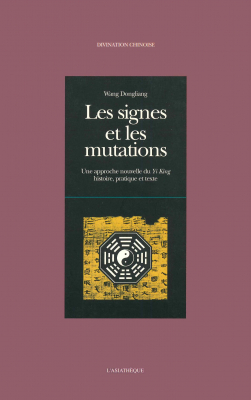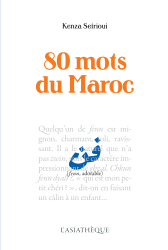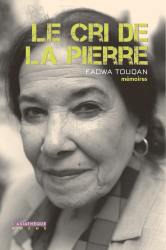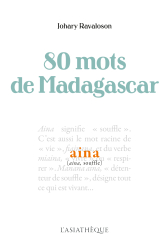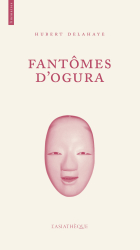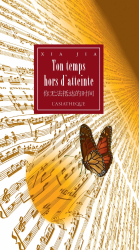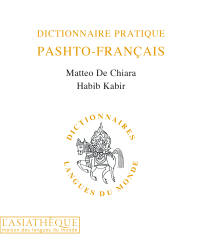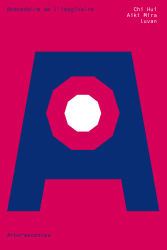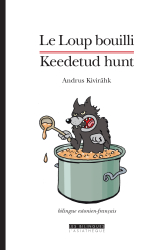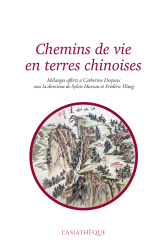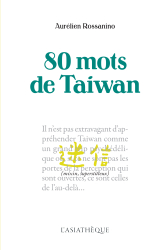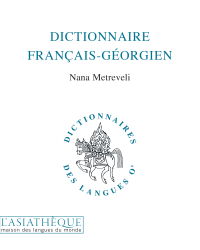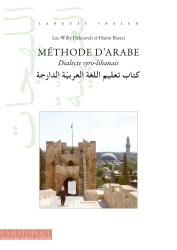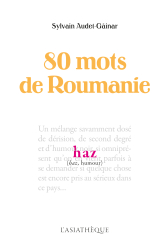Details
Format: Paperback
ISBN: 9782901795995
Collection: Hors Collection
13.5 x 21.5 cm
Weight: 458 gr
Pages: 336
First publication: 20/09/1995
CLIL: 3372
BISAC: PHI005000
Les signes et les mutations
Une approche nouvelle du Yi King, histoire, pratique et texte
Translation: Wang Dongliang, Raymond Tartaix
The Yi-King: a new translation and adaptation of the canonical text into modern Chinese. Through recent archeological discoveries, this great divination text finally assumes its proper place in history. Numerous black and white illustrations included. Adaptation of the canonical text into Modern Chinese by Liu Dajun. With the contribution of Raymond Tartaix.
CONTRIBUTORS' BIOGRAPHIES
Wang Dongliang
Wang Dongliang, former student of Peking University (Beida), author of "Les signes et les mutations : pour une étude sémiotique du grand commentaire du Yijing" (doctoral thesis defended at the University of Paris VIII, 1994). Chinese translator many French works including those of Roland Barthes, Émile Benveniste, Maurice Merleau-Ponty, Marguerite Duras, Milan Kundera, etc. Professor of linguistics and French literature at Beijing University (since 1995).
TABLE OF CONTENTS
Avertissement (Warning)
Introduction
Première partie : L'histoire et la pratique (Part One: History and Practice)
Chapitre 1 : L'origine mythique des signes (Chapter 1: The Mythical Origin of Signs)
Fu Xi, inventeur des trigrammes et père fondateur de la civilisation (Fu Xi, inventor of trigrams and founding father of civilization)
Les signes célestes : le Plan du Fleuve et l'Ecrit de la Luo (The Celestial Signs: The Plan of the River and the Writing of the Luo)
Chapitre 2 : L'histoire traditionnelle du Livre (Chapter 2: The Traditional Story of the Book)
L'Empire et ses premiers historiographes (The Empire and its first historiographers)
L'ère du soupçon : les néoconfucéens (The Age of Suspicion: The Neo-Confucians)
Le rejet de la tradition : "Critique de l'histoire ancienne" (The rejection of tradition: "Critique of ancient history")
Chapitre 3 : L'archéologie des pratiques divinatoires (Chapter 3: The Archeology of Divinatory Practices)
Les inscriptions oraculaires et les hexagrammes numériques (Oracle inscriptions and numerical hexagrams)
Le rationalisme divinatoire (Divine rationalism)
Chapitre 4 : La méthode classique de la consultation (Chapter 4: The classic method of consultation)
"Le nombre de la Grande extension est 50" ("The number of the Great Expansion is 50")
"Quatre opérations accomplissent la Mutation" ("Four operations accomplish the Mutation")
"18 Transformations accomplissent l'hexagramme" ("18 Transformations Fulfill the Hexagram")
"Le nombre du ciel-terre est 55" ("The number of heaven-earth is 55")
"Le nombre des Dix-mille êtres" ("The number of ten thousand beings")
Chapitre 5 : L'évolution du Livre (Chapter 5: The Evolution of the Book)
Un manuel divinatoire parmi d'autres (A divinatory manual among others)
Du centre à la périphérie (From center to periphery)
Confucius et le Livre de mutations
"Des chemins différents mènent à la même destination"
Le manuscrit de Mawangdui et la mise en ordre du Yi King
Chapitre 6 : La lecture des hexagrammes
Les premiers modes de lecture
La systématisation du Grand commentaire
La théorie des Positions
Les hexagrammes comme système autonome
La Disposition de Fu Xi des 64 hexagrammes
Le plus ancien tirage : "Observer la lumière du pays"
Traduction d'un commentaire traditionnel exemplaire
Chapitre 7 : La cosmologie des Huit trigrammes
Les pensées cosmologiques et la Mutation
Le Taiji, la Limite suprême
Les Deux pôles
Les Quatre images
Le binarisme : l'Ordre de Fu Xi
La Disposition de Fu Xi
La famille : l'Ordre du roi Wen
La Disposition du roi Wen
Seconde partie : Le texte du Yi King (Second part: The text of the Yi King)
I. Présentation (I. Presentation)
Les mentions mantiques (The mantic mentions)
Les noms propres et les événements historiques (Proper names and historical events)
Un monde d'images et un mode de pensée (A world of images and a way of thinking)
II. Comparaison et traduction (II. Comparison and translation)
Notes (Ratings)
Bibliographie (Bibliography)
